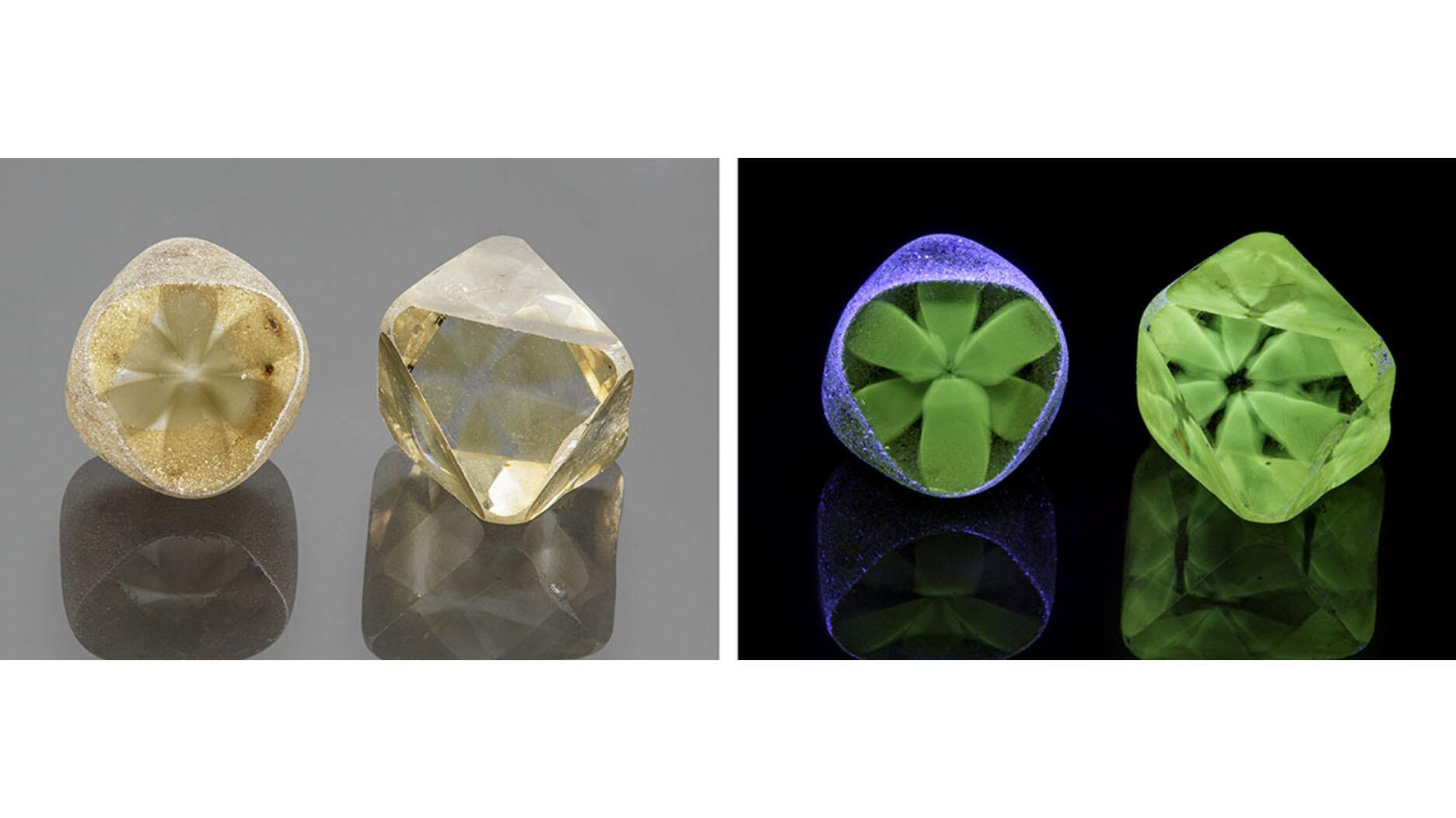A Detection Dictionary
Having the right testing equipment is as necessary as a scale for any diamond business today, but selecting the right machine isn’t easy.

This past summer, diamond dealers, manufacturers, and designers were presented with a rare opportunity—to see and experiment with more than a dozen diamond testing instruments in one room.
Held at 580 5th Ave. in New York’s Diamond District, the Diamond Technology Showcase featured instruments from De Beers, Alrosa, the Gemological Institute of America and other manufacturers, pieces of equipment that are vital for any fine jewelry business today.
Lifelong diamantaire Matthew Schamroth, a vice president of the Diamond Manufacturers & Importers Association of America and head of the DMIA’s Diamond Integrity Committee, likens the necessity of these instruments to something as simple as a scale.
“You can’t open your doors without a diamond scale. You have to know the weight of what you’re sending to somebody.”
Dealers, wholesalers, designers, manufacturers, and retailers today also need to know: Exactly what do I have in front of me? Is it a natural diamond, a lab-grown diamond, or a diamond simulant?
They are straightforward questions but, unfortunately, there is no one machine that can provide all the answers.
When National Jeweler did a roundup of diamond testing devices in 2018, several of the experts interviewed noted there is no “magic bullet,” meaning one device that does everything and is relatively compact and affordable.
The same holds true today. Companies often use a combination of machines in concert and, in some cases, have to submit stones to a grading lab for final verification.
“What device you use depends on what your needs are,” Schamroth told National Jeweler when one of its editors visited the showcase in July.
Companies need to ask themselves: How do goods flow through the office? What technology, if any, is the company currently using to screen diamonds? And, if the company has multiple devices, is it incorporating all the technology that’s out there?
It’s also worth pointing out there are very few detection devices on the market today, meaning instruments that give the user a definitive result of a natural or lab-grown diamond.
Most instruments are screening devices, meaning they “screen out” potential lab-grown diamonds, diamond simulants, and/or treated material that require further testing.
Again, there are no easy answers.
What follows on these pages is a breakdown of the devices National Jeweler was introduced to at the Diamond Technology Showcase along with a summary of what each machines does, what type of company uses it, and its cost.
Also listed are three rates measured by the Assure Program, the Natural Diamond Council’s testing regimen for diamond verification instruments.
As defined by Assure, the false positive rate measures the ratio of lab-grown diamonds that are mistakenly identified as natural by each machine. A rate of 0% is most preferable; the higher the percentage, the higher the risk of passing a lab-grown diamond as a natural diamond or simulant.
The diamond accuracy rate refers to the ratio of natural diamonds correctly identified as natural. Overall, a higher rate is preferred, although it is worth noting that this rate does not factor in the false positive rate.
The majority of instruments listed also have a referral rate. The referral rate is the percentage of stones that cannot be positively identified as natural diamonds; the higher the percentage, the more stones that will require further testing.
Companies can use the “Assure tested” sticker on their devices for two years.
After that, manufacturers need to submit them for renewal of their certification in order to keep referring to the machine as Assure tested, NDC’s Head of External Affairs and Industry Relations Raluca Anghel explains.
She says some instruments were up for renewal earlier this year, but their manufacturers were granted an extension in order to allow the Assure Program time to open a second lab in Antwerp (testing will continue at the Underwriters Laboratories facility in Canton, Massachusetts), and to update its sample of testing stones to reflect the latest lab-grown diamond manufacturing technologies.
In addition, updated sample sets will be tested in triplicate for the first time, uncertainty ranges will be reported for all metrics, and Assure will introduce jewelry testing with a mounted stone sample set.
Some manufacturers confirmed to National Jeweler their plans for submitting, or resubmitting, their machines for Assure testing this fall; those are noted in the text.
Rates included in the description of each machine reflect the results of the original round of Assure testing, unless otherwise indicated.
Updated information on their performance will be available on the Assure website, as well as in the digital version of this story, when available.
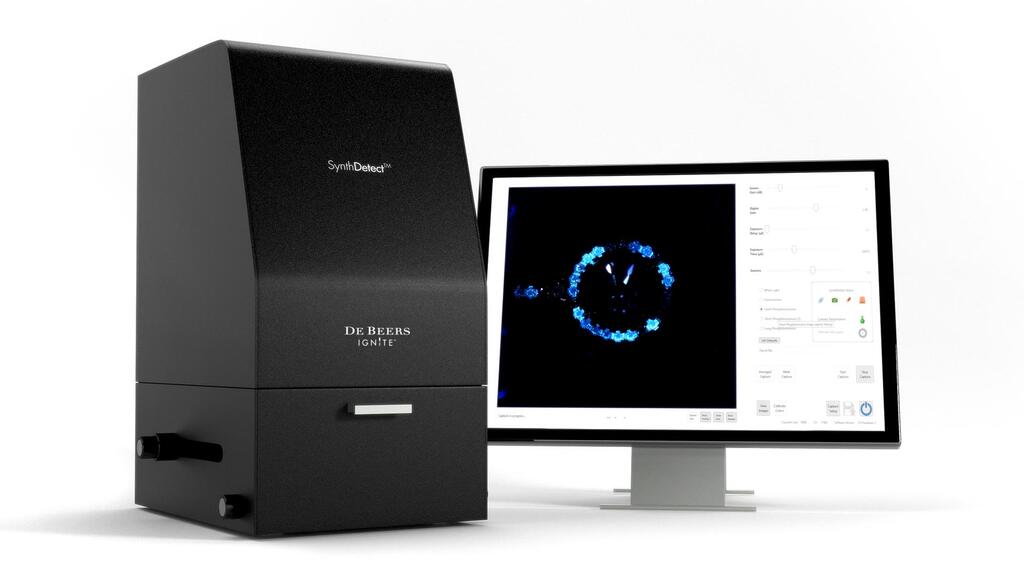
De Beers DiamondSure*
Can Screen For: Lab-grown diamonds, diamond simulants
Capability: Loose and mounted goods, D-J color, 0.05-10 carats
Skill Level of Operator: Novice
False Positive Rate: 0%
Referral Rate: 4.7%
Diamond Accuracy Rate: 95.3%
Used By: Diamond dealers, diamond and jewelry
manufacturers, retailers, buyers, and gem labs
Size: Portable and Desktop
Cost: $18,200
De Beers DiamondView
Can Detect: Lab-grown diamonds
Capability: Loose and mounted goods, all colors, 0.05-10 carats
Skill Level of Operator: Expert
False Positive Rate: 0%
Diamond Accuracy Rate: 100%
Used By: Large-scale wholesalers, cutting and polishing sites, jewelry manufacturers, and gem labs for final verification of stones referred from other machines
Size: Desktop
Cost: $35,000-$36,000
De Beers SynthDetect
Can Screen For: Lab-grown diamonds, diamond simulants
Capability: Loose and mounted goods, D-J color, 0.001-100 carats
Skill Level of Operator: Novice
False Positive Rate: 0%
Referral Rate: 0.7%
Diamond Accuracy Rate: 98.1%
Used By: Companies at all points along the polished diamond pipeline
Size: Desktop
Cost: $18,000-$22,500
De Beers Automated Melee Screening 2 (AMS2)
Can Screen For: Lab-grown diamonds, diamond simulants
Capability: Loose goods only, D-J color, 0.90 mm-3.80 mm (round brilliants) and 1-4 mm (fancy cuts)
Skill Level of Operator: N/A (automated)
False Positive Rate: 0%
Referral Rate: 0.7%
Diamond Accuracy Rate: 99.1%
Used By: Large-scale diamond wholesalers, cutting and polishing sites, jewelry manufacturers, and gem labs
Size: Desktop
Cost: $45,000
*De Beers’ instruments were last Assure tested in March 2019 and will be submitted for testing again in fall 2021.
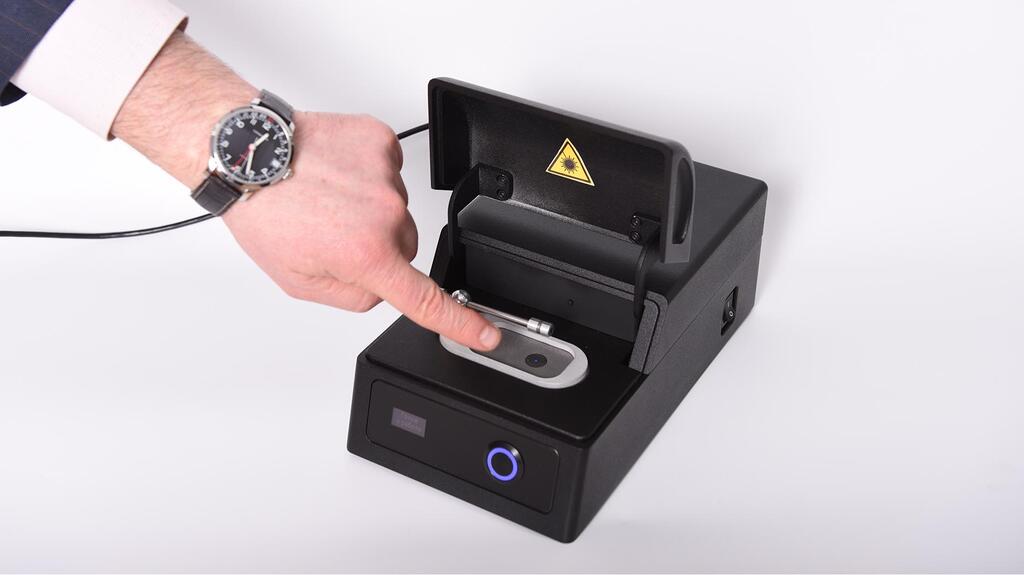
Alrosa Diamond Inspector*
Can Screen For: Lab-grown diamonds
Can Detect: Diamond simulants
Capability: Loose and mounted goods, D-J color, 0.03-10 carats
Skill Level of Operator: Novice
False Positive Rate: 0%
Referral Rate: 3.6%
Diamond Accuracy Rate: 96.4%
Used By: Jewelers, jewelry stores, gemologists, gem labs, diamond traders, and pawnshops
Size: Portable
Cost: $5,799
*Alrosa’s Diamond Inspector was last Assure tested in July 2019 and will be submitted for testing again in fall 2021.
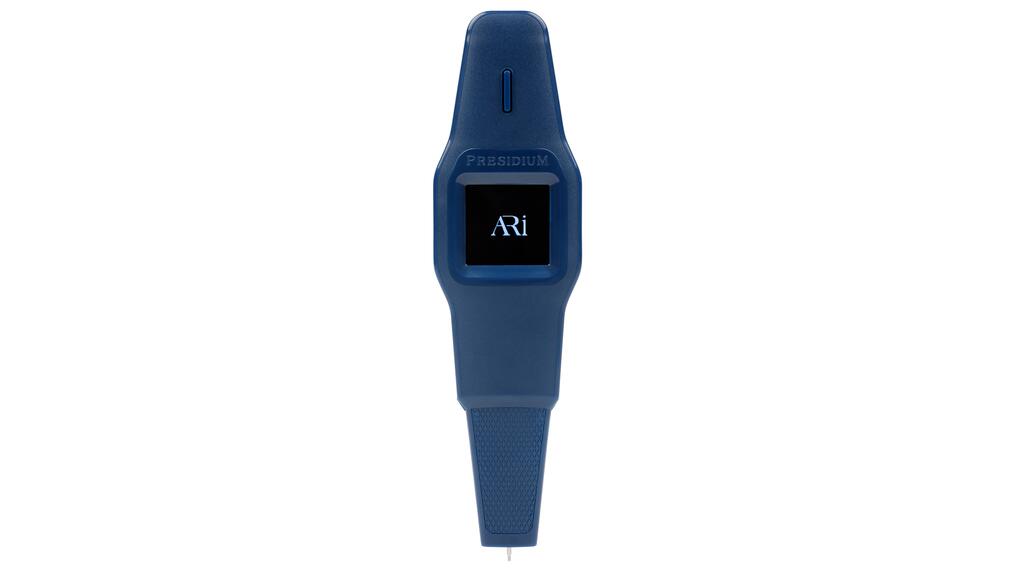
Ari by Presidium
Can Screen For: Lab-grown diamonds
Can Detect: Moissanite
Capability: Loose and mounted goods, D-J color, 0.02-10 carats
Skill Level of Operator: Novice
False Positive Rate: 6%
Referral Rate: 4.5%
Diamond Accuracy Rate: 95.5%
Used By: Jewelry manufacturers, independent and chain retailers, and pawnbrokers
Size: Portable
Cost: $1,199
Presidium Synthetic Diamond Screener II (SDS II)
Can Screen For: Lab-grown diamonds
Capability: Loose and mounted goods (open-back setting), D-J color, 0.02-10 carats
Skill Level of Operator: Novice
False Positive Rate: 0%
Referral Rate: 15.5%
Diamond Accuracy Rate: 84.5%
Used By: Jewelry manufacturers, independent and chain
retailers, and pawnbrokers
Size: Desktop
Cost: $599
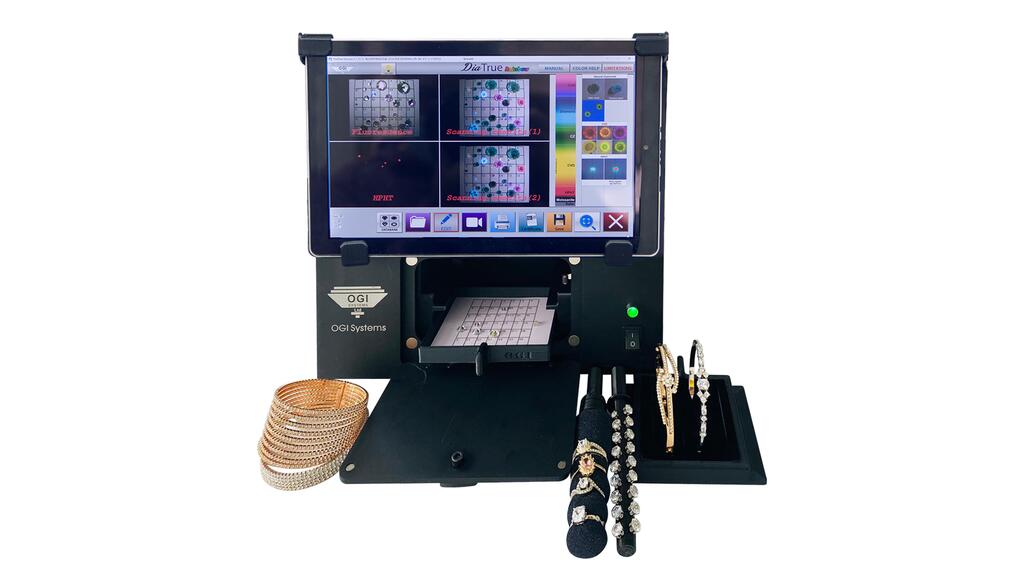
OGI Systems DiaTrue CS
Can Detect: Lab-grown diamonds, diamond simulants, treated diamonds
Capability: Loose and mounted goods, D-J color, 0.001 carat and up
Skill Level of Operator: Novice
False Positive Rate: 4%
Referral Rate: 0%
Diamond Accuracy Rate: 93.7%
Used By: Retailers, manufacturers, pawnshops, and grading labs
Size: Portable
Cost: $6,500
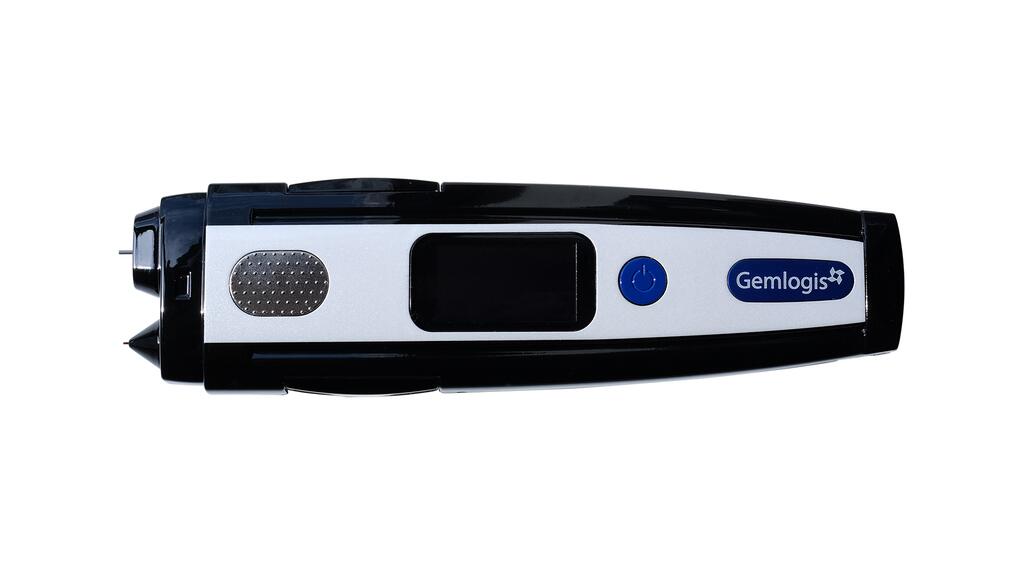
Gemlogis Belize*
Can Detect: Lab-grown diamonds, diamond simulants
Capability: Loose and mounted goods, D-J color, 0.02 carats and up
Skill Level of Operator: Novice
False Positive Rate: 0%
Referral Rate: 6.9%
Diamond Accuracy Rate: 92.3%
Used By: Retailers (large and small), diamond buyers, pawnshops, and jewelry designers
Size: Portable
Cost: $999
*Gemlogis’ Belize was last Assure tested in December 2020 and will be submitted for testing again in fall 2021.
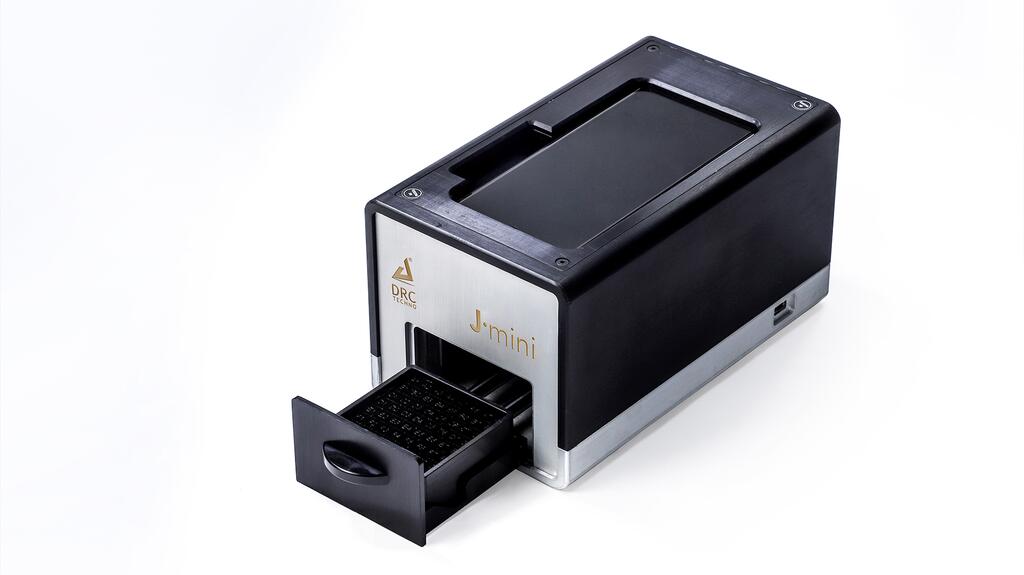
DRC Techno J-Smart Pro*
Can Screen For: Lab-grown diamonds
Capability: Loose and mounted goods, D-K color, 0.003 carats and up
Skill Level of Operator: Novice
False Positive Rate: 0%
Referral Rate: 1%
Diamond Accuracy Rate: 98%
Used By: Larger manufacturers and jewelers, mostly
to screen mounted jewelry
Size: Desktop
Cost: $22,499
DRC Techno J-Detect Pro
Can Detect: Lab-grown diamonds
Capability: Loose and mounted goods, D-K color, 0.003 carats and up
Skill Level of Operator: Novice
False Positive Rate: 0%
Referral Rate: 1%
Diamond Accuracy Rate: 98%
Used By: Smaller manufacturers and retail jewelers, mostly to screen mounted jewelry
Size: Desktop
Cost: $11,999
DRC Techno J-Mini Pro
Can Detect: Lab-grown diamonds
Capability: Loose and mounted goods, D-K color, 0.003 carats and up
Skill Level of Operator: Novice
False Positive Rate: 0%
Referral Rate: 1%
Diamond Accuracy Rate: 98%
Used By: Independent retailers and pawnshops, mostly to scan jewelry bought from the public
Size: Portable
Cost: $4,499
*The false positive, referral and accuracy rates for DRC Techno’s machines have not yet been verified by Assure, but DRC Techno said they have different bodies and software than their predecessors and are “distinctive and better.” All three are being submitted for testing in fall 2021.
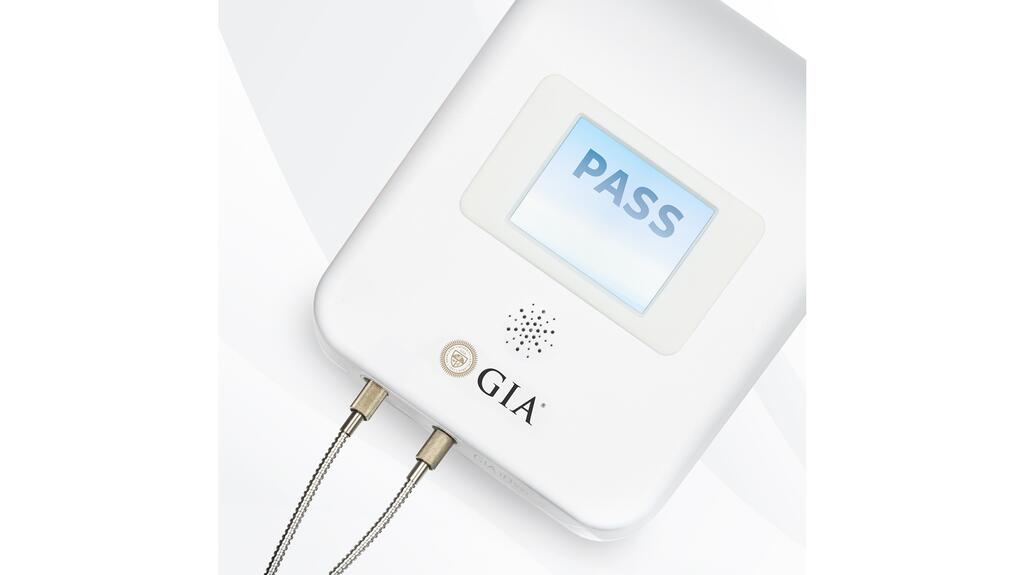
GIA iD100
Can Screen For: Lab-grown diamonds, diamond simulants
Capability: Loose and mounted goods, colorless and near-colorless as well as brown, blue to green and pink colored diamonds, 0.005 carats and up
Skill Level of Operator: Novice
False Positive Rate: 0%
Referral Rate: 3.3%
Diamond Accuracy Rate: 96.7%
Used By: Retailers, jewelry designers and bench jewelers, and jewelry manufacturers
Size: Portable
Cost: $5,495 (pink diamond software update available for an additional fee)
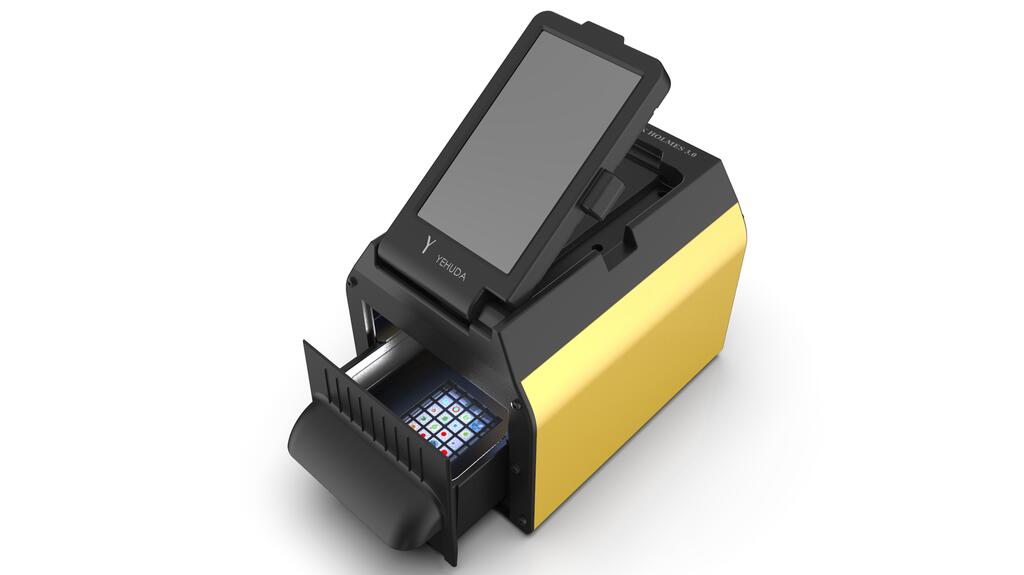
Yehuda Sherlock Holmes Detector 3.0*
Can Detect: Lab-grown diamonds
Capability: Loose and mounted goods, D-K color, all weights
Skill Level of Operator: Novice
False Positive Rate: 0%
Diamond Accuracy Rate: 97.5%
Used By: Companies of all sizes at all points in the supply chain
Size: Portable
Cost: $6,745
*The false positive rate and accuracy rates for the Sherlock Holmes Detector 3.0 have not yet been verified by Project Assure but Yehuda notes that the 3.0 has the same detection devices and body as the 2.0. The Sherlock Holmes Detector 3.0 is being submitted for testing in fall 2021.
SmartPro Screen-I
Can Detect: Lab-grown diamonds
Capability: Loose and mounted goods,
D-J color, 0.01-12 carats
Skill Level of Operator: Novice
False Positive Rate: 0%
Referral Rate: 10.5%
Diamond Accuracy Rate: 89.5%
Used By: Retailers, small manufacturers,
manufacturers, and gem labs
Size: Portable
Cost: $639
The Latest

Said to be the first to write a jewelry sales manual for the industry, Zell is remembered for his zest for life.
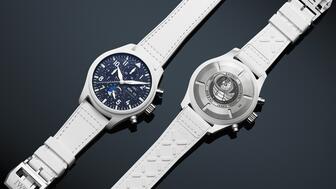
The company outfitted the Polaris Dawn spaceflight crew with watches that will later be auctioned off to benefit St. Jude’s.

A buyer paid more than $100,000 for the gemstone known as “Little Willie,” setting a new auction record for a Scottish freshwater pearl.

Supplier Spotlight Sponsored by GIA.

Anita Gumuchian created the 18-karat yellow gold necklace using 189 carats of colored gemstones she spent the last 40 years collecting.


The giant gem came from Karowe, the same mine that yielded the 1,109-carat Lesedi La Rona and the 1,758-carat Sewelô diamond.

The three-stone ring was designed by Shahla Karimi Jewelry and represents Cuoco, her fiancé Tom Pelphrey, and their child.

Supplier Spotlight Sponsored by GIA

The Manhattan jewelry store has partnered with Xarissa B. of Jewel Boxing on a necklace capsule collection.

Acting as temporary virtual Post-it notes, Notes are designed to help strengthen mutual connections, not reach new audiences.

The jewelry historian discusses the history and cultural significance of jewelry throughout time and across the globe.

From fringe and tassels to pieces that give the illusion they are in motion, jewelry with movement is trending.

The designer and maker found community around her Philadelphia studio and creative inspiration on the sidewalks below it.

The change to accepted payment methods for Google Ads might seem like an irritation but actually is an opportunity, Emmanuel Raheb writes.

The industry consultant’s new book focuses on what she learned as an athlete recovering from a broken back.

The fair will take place on the West Coast for the first time, hosted by Altana Fine Jewelry in Oakland, California.

Hillelson is a second-generation diamantaire and CEO of Owl Financial Group.

Submissions in the categories of Jewelry Design, Media Excellence, and Retail Excellence will be accepted through this Friday, Aug. 23.


Known as “Little Willie,” it’s the largest freshwater pearl found in recent history in Scotland and is notable for its shape and color.

Clements Jewelers in Madisonville cited competition from larger retailers and online sellers as the driving factor.

The gemstone company is moving to the Ross Metal Exchange in New York City’s Diamond District.

Most of the 18th century royal jewelry taken from the Green Vault Museum in Dresden, Germany, in 2019 went back on display this week.

The Pittsburgh jeweler has opened a store in the nearby Nemacolin resort.

With a 40-carat cabochon emerald, this necklace is as powerful and elegant as a cat.

The Erlanger, Kentucky-based company was recognized for its reliability when it comes to repairs and fast turnaround times.

Unable to pay its debts, the ruby and sapphire miner is looking to restructure and become a “competitive and attractive” company.

The trend forecaster’s latest guide has intel on upcoming trends in the jewelry market.













